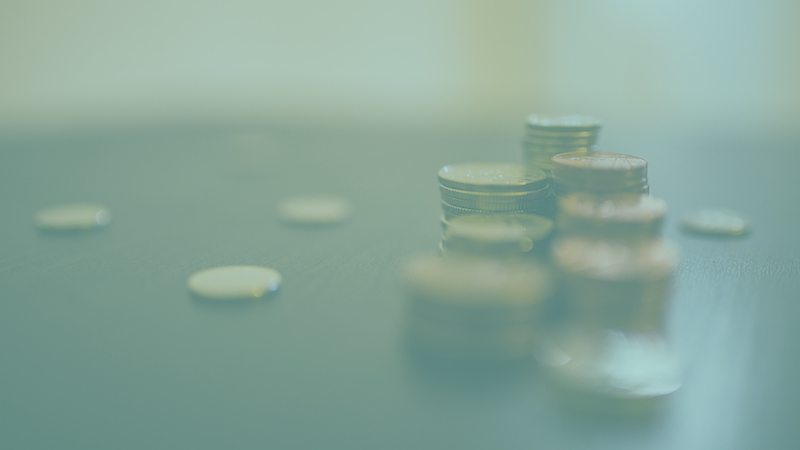The 99-Cent Effect
Episode #2 of the course Price psychology by Andy Luttrell
There used to be a bagel shop near where I worked, and it was always so convenient to walk in and have a quick breakfast. All of the bagels were 99 cents, and I would pay with a dollar bill. Every time, I’d stand there and wait for my one penny’s-worth of change. I felt so stingy staring at the cashier as he’d fish out a penny from the register. It would all be so much easier if they just called the price what it was: one dollar.
As a kid, I remember being perplexed by the fact that all prices seemed to end in “.99.” Why couldn’t they just charge a round number? You really want me to bring 99 pennies into a store?
Whatever the origin was, the tactic is still around. But why? It was my mom who let me in on the trade secret—prices look much lower if you reduce them by a cent.
But is it really true? Can $4.99 really seem that different from $5.00? We all know the trick. We couldn’t possibly be fooled by it.
In 1996, two business professors published a study that put the claims to the test. They worked with a mail-order women’s clothes shop, and they drafted two versions of the store’s catalog. Everything about the two catalogs was identical except for the prices.
One version listed all the prices with 00 endings. A blouse? $20.00. Pants? $30.00. The other version listed all the prices with 99 endings. That same blouse was listed as $19.99, and the pants would be $29.99.
30,000 people got one version of the catalog, and another 30,000 got the other. It’s important to note that the version of the catalog a person got was decided totally at random.
Six months later, they were able to track how many sales came from each catalog. The version of the catalog that listed prices with 00 endings resulted in 921 sales, bringing in $72,529. The version with 99 endings, though, resulted in 968 sales, totaling $78,317. Using 99-cent price endings had a measurable effect on sales.
As this and other studies show, simple changes to a price—changes that make no true difference in the amount of money people will end up paying—can make people buy more. These simple changes hijack our brains and trick us into thinking a price is lower than it actually is.
I wanted to start this email series with this study because it shows you how a simple experiment can demonstrate that a pricing strategy truly works. Before we saw the evidence, we just assumed 99-cent prices are probably effective, but the data could have proven us wrong. It’s not until you subject an idea to testing that you get more solid answers.
For theories about where 99-cent pricing started, check out “Bet Your Bottom Dollar on 99 Cents” (New York Times).
Recommended book
“Brainfluence: 100 Ways to Persuade and Convince Consumers with Neuromarketing” by Roger Dooley
Share with friends

